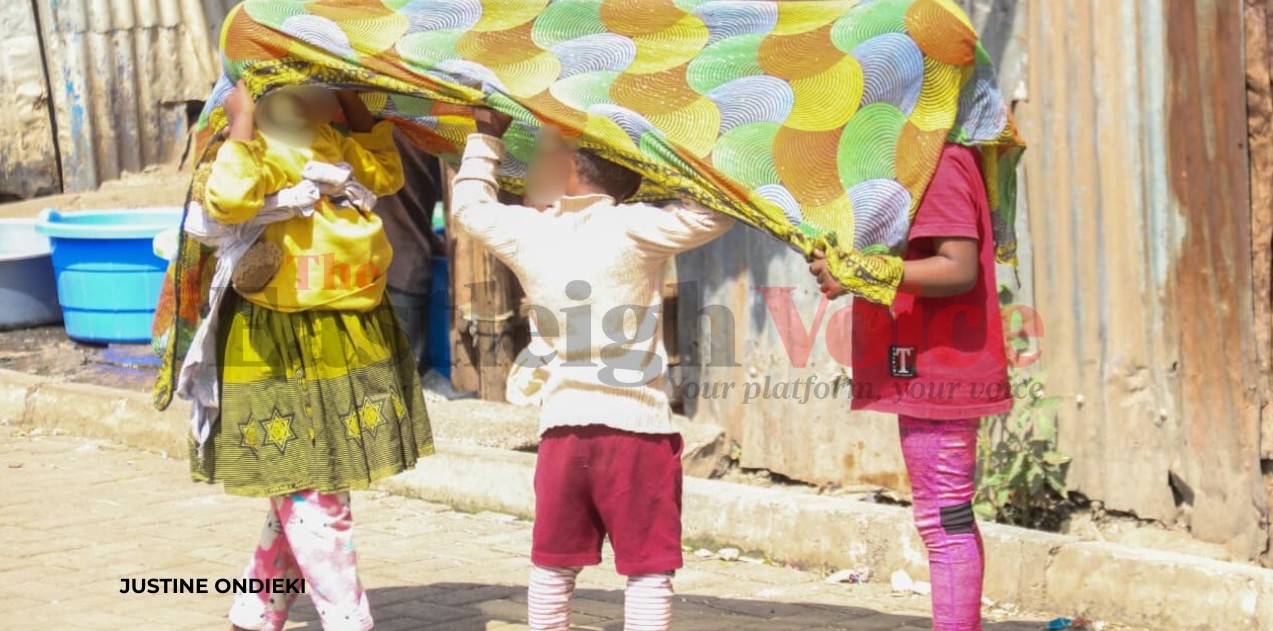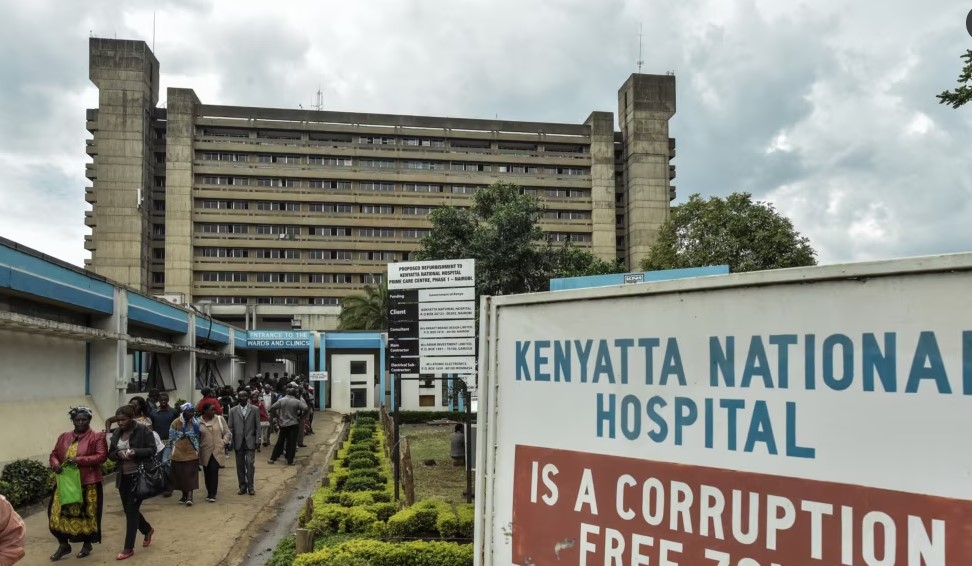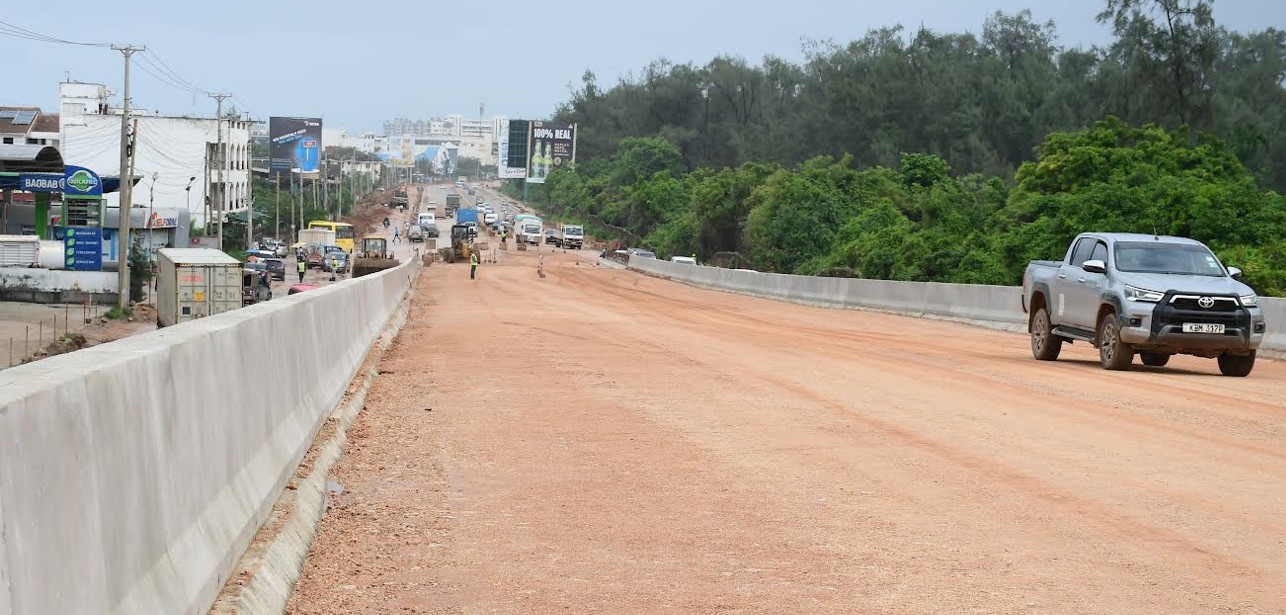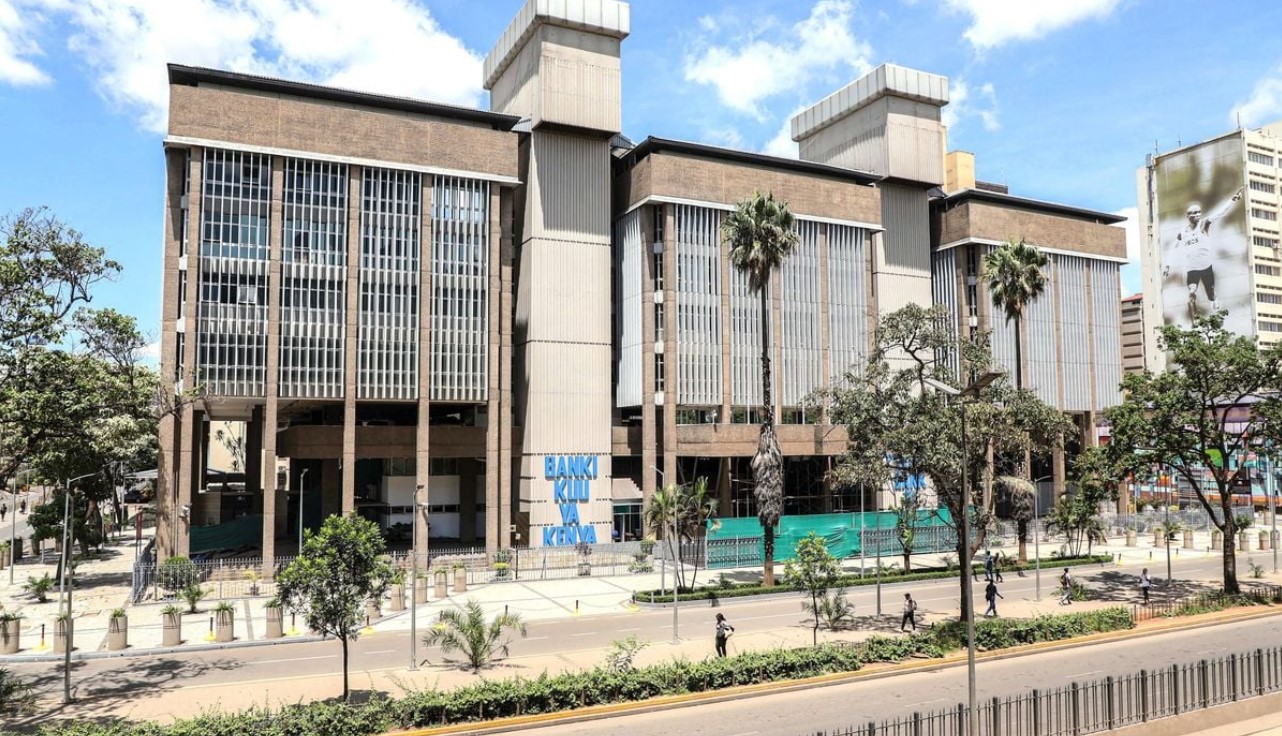Delays in seeking treatment lead to higher HIV deaths among Kenyan men - report
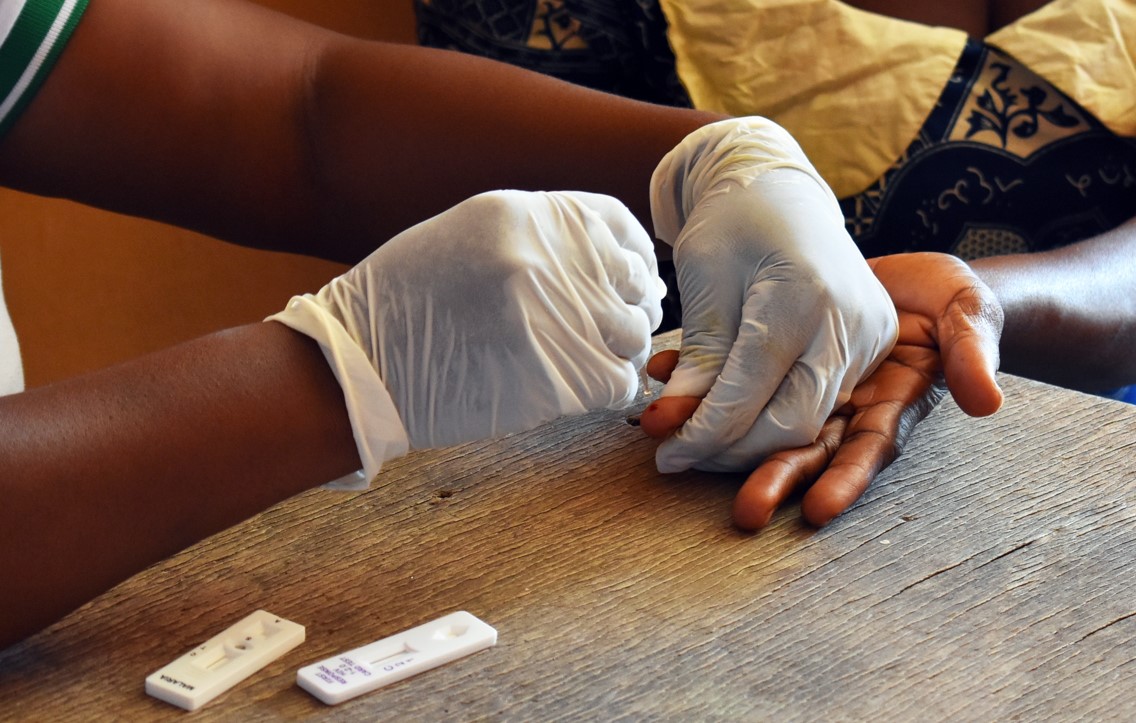
Women regularly interact with health services, especially during pregnancy, where they get tested for HIV. Men, on the other hand, usually wait until they are very sick, which leads to late diagnoses and worse outcomes.
Delays in seeking treatment lead to higher HIV deaths among Kenyan men
Data from the National Syndemic Diseases Control Council (NSDCC) show that men in Kenya die from AIDS-related illnesses at higher rates than women, even though fewer men are living with HIV.
More To Read
- Out-of-pocket medicine costs surge amid drug shortages in Kenya
- UNAIDS hails Kenya–US health framework as major boost for HIV response
- Kenya's HIV statistics (2024)
- Youth still hardest hit by new HIV infections as Kwale marks World AIDS Day
- Turkana marks World AIDS Day with stark warning over rising HIV infections
- German researchers find highly effective HIV antibody
The report notes that out of the 1.38 million people with HIV in Kenya, 487,710 are men, making up 35 per cent of cases.
However, in 2023, men accounted for nearly half of AIDS-related deaths, with 9,808 deaths out of 20,480 reported.
NSDCC Deputy Director Caroline Huloti explained that this is partly because men often delay seeking medical help.
"Women regularly interact with health services, especially during pregnancy, where they get tested for HIV. Men, on the other hand, usually wait until they are very sick, which leads to late diagnoses and worse outcomes," she said during a workshop in Machakos.
She added that although more men are now taking antiretroviral therapy (ART), with uptake rising from 81 per cent in 2020 to 90 per cent in 2023, this is still below the target of 95 per cent.
Challenges
Huloti said men face challenges like substance abuse, crime and limited involvement in health programmes, making it harder for them to manage the disease.
NSDCC’s deputy director for partnerships Reuben Musundi, noted that most men who die from AIDS-related illnesses are between 35 and 54 years old.
"Even though men make up only 35 per cent of people living with HIV, they account for 48 per cent of deaths. Six out of 10 men who died last year were in this age group," he said.
The Council also noted that Kenya recorded 16,752 new HIV infections in 2023, with 4,072 being men. Young people aged 15 to 34 made up 73 per cent of all new adult infections, with men strongly represented in this group.
Japheth Kioko, NSDCC’s head of monitoring, said the number of new HIV infections has been dropping over the years, from 22,154 in 2022 to 16,752 in 2023.
He however noted that challenges remain, such as lower adherence to treatment, less uptake of preventive measures and gaps in testing.
According to the report, HIV prevalence varies across the country, from as low as 0.1 per cent in Wajir to 11.7 per cent in Kisumu.
Nine counties, including Kisumu, Homa Bay, Nairobi, and Mombasa, account for more than half of all new infections.
Top Stories Today

